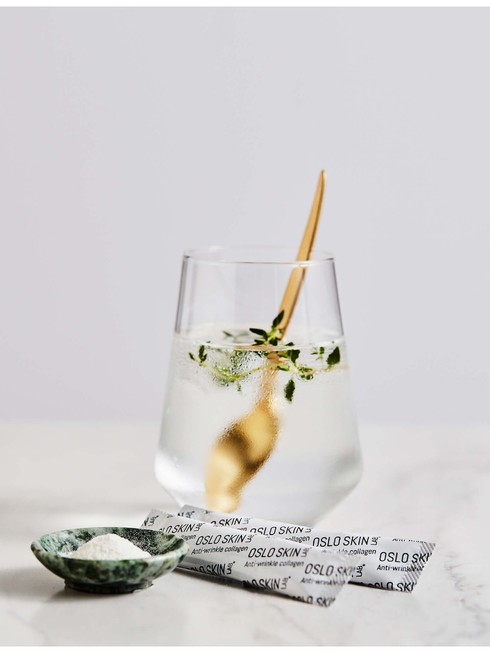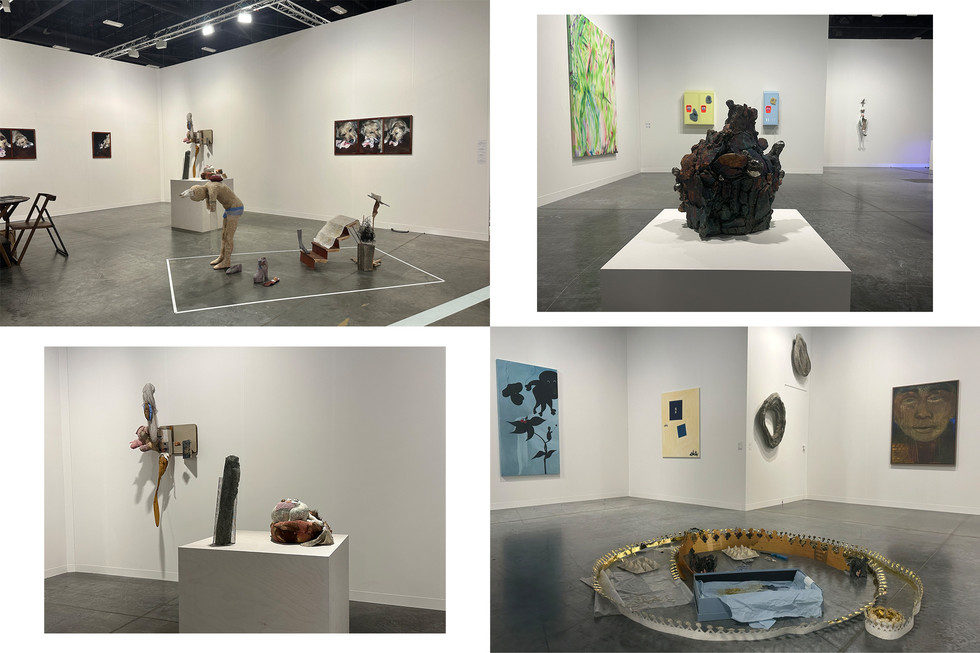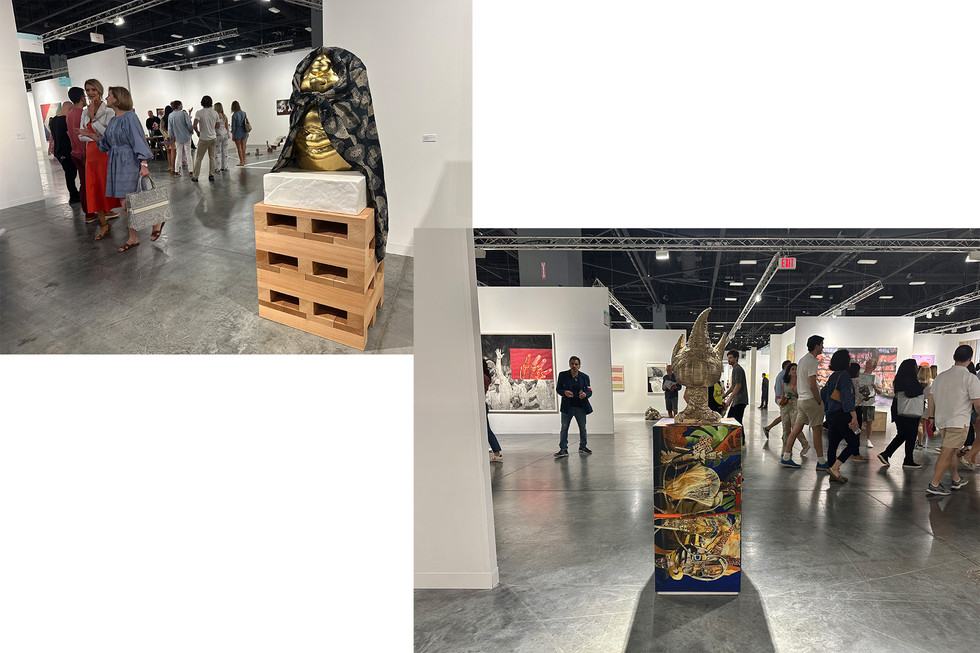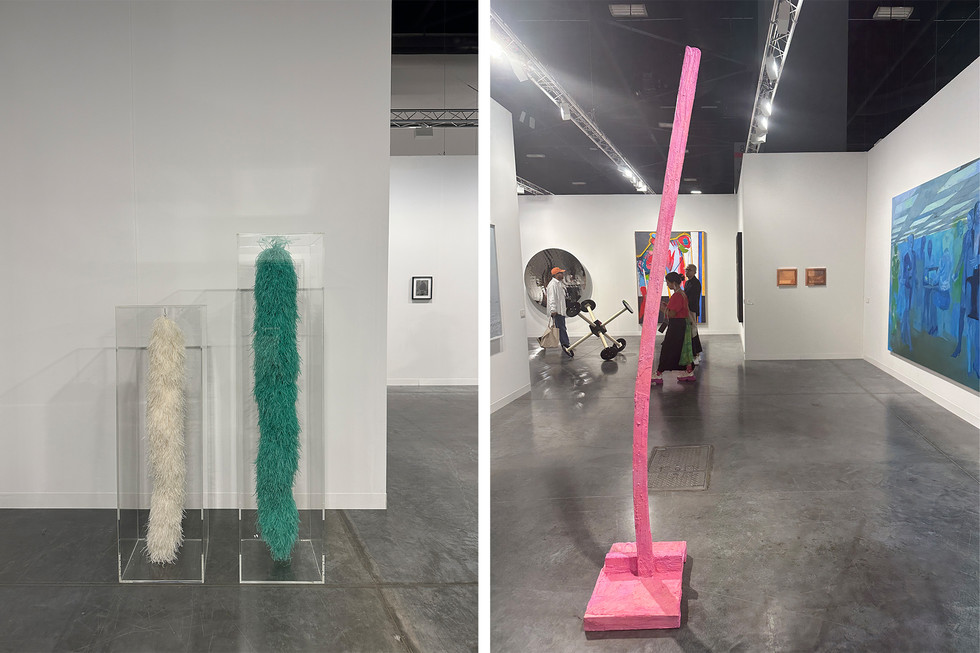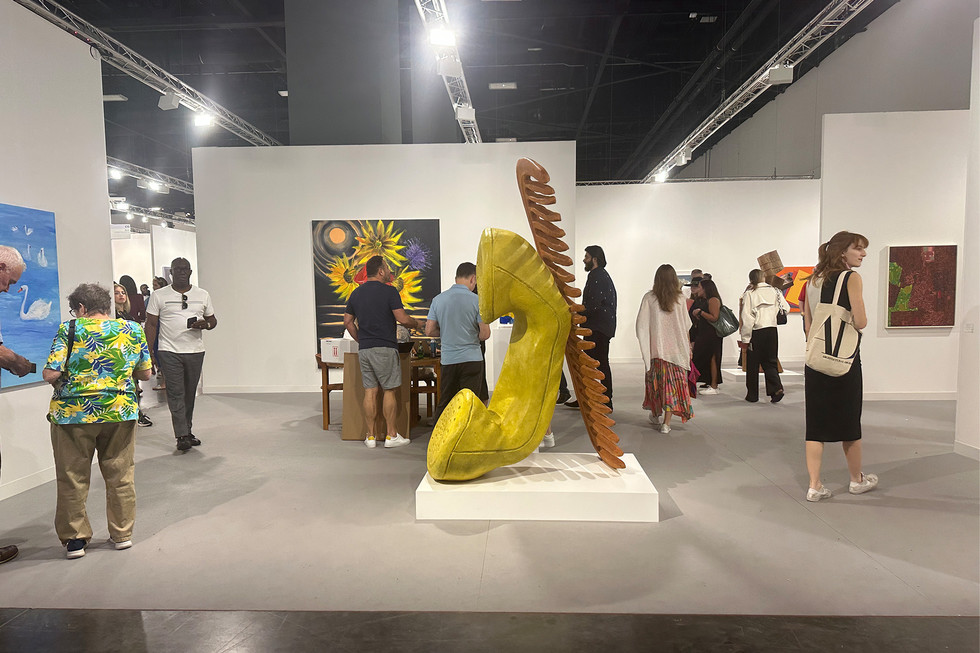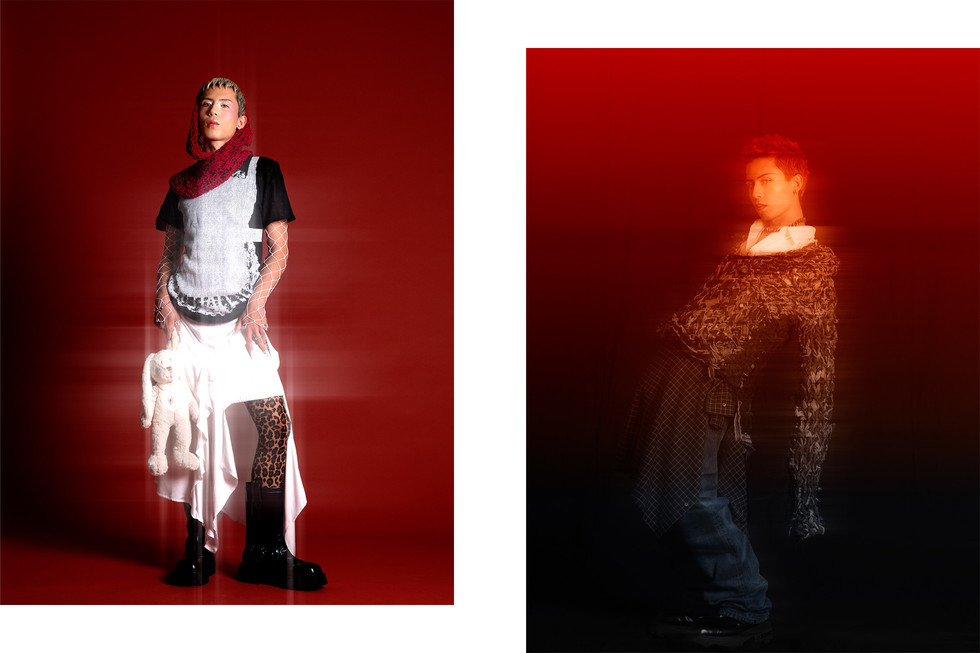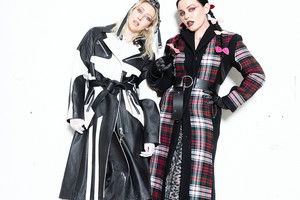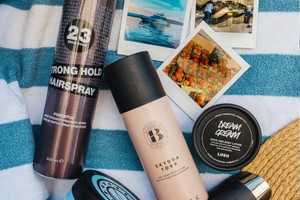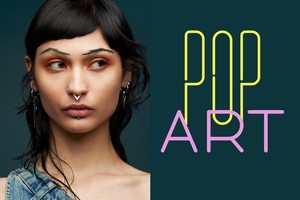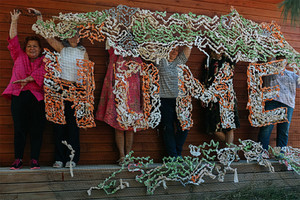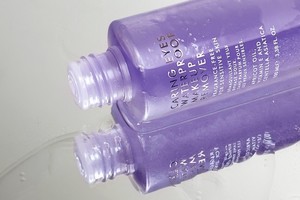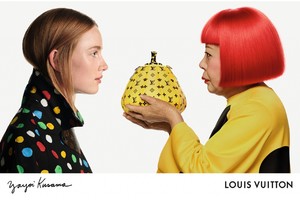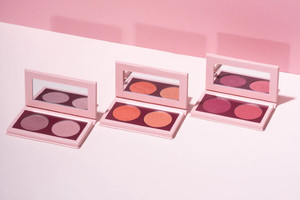Oslo Skin Lab
Written by Jahwanna BerglundOslo Skin Lab, established in 2017 by Cecilie Nordstrom and stands as a pioneer in introducing safe and well documented inner beauty treatments. Among their esteemed offerings, the collagen supplement stands out on the Scandinavian beauty market.
Collagen is a crucial protein in the body that the body produces itself. Its fibre-like structure is used to make connective tissue. These tissues in turn connect to other bodily structures and are a major component of bone, skin, and muscle support.
The body’s inherent collagen production undergoes a gradual slowdown as we age and incorporating collagen into one’s daily routine holds numerous potential benefits.
Some common signs of deficient collagen levels manifest in various ways, from wrinkles to lifeless hair, delayed injury recovery and joint pain.
In my personal trial of the supplement for 60 days, a noticeable changes surfaced within a short period of only three weeks.
Below I have listed some of the benefits of implementing collagen to your daily diet.
Skin Health: Collagen serves a fundamental component of skin structure, contributing to its elasticity, firmness and hydration. Incorporating collagen supplements or skincare products enriched with collagen may have a reduced visibility of wrinkles, enhance skin elasticity and promote a more youthful appearance.
Joint Health: Collagen provides structure to your joints, tendons, and ligaments. Supplementing with collagen may help reduce joint pain and stiffness, as well as support joint flexibility and mobility.
Bone Strength: As you age, collagen production decreases, leading to weaker bones. As collagen significantly contributes to the structure and strength of bones. Adding collagen supplements may help improve bone density and reduce the risk of conditions and other skeletal disorders.
Hair and Nail Health: Collagen supports the growth and strength of hair and nails. Using collagen supplements might help improve hair texture, and reduce brittleness and promote stronger nails.
Gut Health: Collagen can support the integrity of the gut lining, potentially aiding in digestive health.
Muscle Mass: Collagen is essential for muscle structure. While it's not a direct muscle builder like some proteins, it supports the connective tissues around muscles, potentially aiding in muscle recovery and maintaining muscle mass.
It’s essential to note that individual experiences with collagen supplementation can vary significantly. Factors such as diet, lifestyle, and overall health can influence the result observed

